Tabla de contenido
Although it may be a question with a straightforward answer, for athletes, it is not so. For them, a marathon is synonymous with a journey in which the athlete challenges himself, discovers, and tests his or her mental and spiritual strength to achieve a goal: to reach the finish line.
To participate in a marathon, runners must have intense physical and mental preparation because, in this competition, they must leave everything. So, to focus and reach the goal, inner strength is critical in motivating you to keep going whenever you think about giving up.
Marathon History
To begin with, it is essential to know the origin of the word “marathon” and why this athletic event bears this name. Both are born from the “Battle of Marathon,” a war between the Greeks and the Persians in 490 BC.
According to history, a large Persian army arrived at Marathon, a coastal plain 40 km from Athens, to invade the capital of Greece. The Greeks, knowing that they were a minority and could be defeated, asked their women to burn the city and kill their children and themselves if they did not return in one day to Athens.

Against all odds, the Greeks triumphed, but the battle lasted so long that the city’s destruction could have begun if they had not returned within 24 hours. To avoid this disaster, the Greek general Miltiades II sent his most athletic soldier to warn of his victory. Pheidippides ran the 40 km that separated Marathon from Athens. After several hours of running, he reached the capital, shouting, “We have won!” only to die of exhaustion between the battle and the race.
What is a marathon?
A marathon is defined as a long-distance athletic sporting event in which 26.2 miles or 42,195 kilometers must be run constantly to be the first to cross the finish line in the shortest possible time.
These sporting events are usually massive, and thousands of people can participate. They are held nationally and internationally worldwide, and many of them allow athletes to qualify to represent their country in this event during the Olympic Games.
First marathon in Olympic history
For the Olympic Games of Athens 1896, they programmed a test of great effort for the athletes: the marathon. From this moment on, this competition is included in the Olympic program.

On the other hand, the Olympic organizers decided that the ideal distance for this race during the games was 40 km between Marathon and Athens. Spyridon Louis won the first Olympic marathon at 3:18:27.
Curiosities about the marathon
What is the distance of the marathon, and why?
The distance of a marathon is currently 42 km and 195 meters or 26.2 miles. However, the term “marathon” is often misused to refer to 5, 10, and 15 km races.
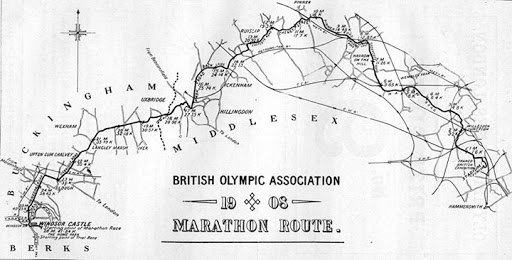
This distance was made official at the London 1908 Olympic Games because, on the orders of Queen Alexandra, the marathon would start from the Royal Palace of Windsor so that her grandchildren could watch live and from the place at the start of this event.
Although Dorando Pietri was leading this race, just 10 meters from the finish line, he collapsed, and the judges helped him continue running. Although he was the first to cross the finish line, he was disqualified for the help he received, and the winner was John J. Hayes, an American athlete.
Are there marathon classifications?
Different athletic sports events are organized and sponsored by institutions, such as the 5, 10, and 15 km races, the 21 km and 97.5 meter half marathon, and the 42 km and 195 meter marathon. However, this does not mean there are different types of marathons since there is only one marathon. What does exist are the divisions of classifications or to participate in the athletic competition itself. That is to say, there can be marathons that have an exclusive participation of men or women and mixed.
How do you identify a marathon?
The organizers of these sporting events must work hard to carry out these competitions. This is why some characteristics differentiate a marathon from other races and are evident before, during, and after the race.
The main characteristics of a marathon are:
- The distance to be covered is 42 km and 195 meters (26.2 miles).
- The call is made well in advance.
- The event has a lot of publicity.
- Companies are hired to attend to the medical emergencies of the participants in case they arise.
- There are hydration stations along the competition route.
- Presence of judges.
- Participants are registered in advance to know exactly how many people will participate.
- They ask the registered participants for an emergency number if needed.
- Prizes are awarded based on age/gender category.
- In some countries such as Argentina or France, it is mandatory to present a medical report certifying that the runner can participate in the distance without health risks.
Marathon rules
If you are going to participate for the first time in a marathon, you must know its rules:
- Wear appropriate clothing and running shoes.
- All participants must be behind the starting line at the start of the race.
- None of the participants should hydrate themselves with drinks other than those offered by the stands along the route.
- Usually, participants must wear the official race bib or t-shirt.
- Participant numbers are non-transferable.
- If any participant leaves the course and wishes to rejoin the race, he/she must do so from the starting point.
Current distance records
Among the male athletes who hold marathon records is the late Kelvin Kiptum (R.I.P), a Kenyan athlete who achieved a mark of 2:00:35 in the Chicago Marathon 2023, dethroning the undefeated Eliud Kipchoge, who until that year held the record with 2:01:09.
In the women’s category, Brigid Kosgei, also from Kenya, broke the world marathon record at 2:14:04 at the 2019 Chicago Marathon. The athlete (25 years old at the time of the record) beat the mark of the British Paula Radcliffe, which stood for 16 years.
Which are the most famous marathons?
New York Marathon
It is also known as the most mediatic, as it is part of the World Marathon Majors. Its first edition was held in 1970, in which 127 runners were limited to running several laps around Central Park. Since then, it has been held consecutively, except in 2012, due to the devastation caused by Hurricane Sandy.
Berlin Marathon
Also included in the World Marathon Majors, it is considered the fastest marathon due to its flat course, which allows runners to achieve better times. It has been held every year at the end of September since 1974, and participants can run on foot, roller skates, and skateboards.
Paris Marathon
Since 1976, Paris has held an annual marathon with a maximum participation of 50,000 runners. The course is flat and starts and ends at the Arc de Triomphe. Participants pass through some of the city’s most famous tourist sites, such as the Champs Elysees, the Bastille, the Louvre Museum, Notre Dame, the Eiffel Tower, and the surroundings of the Seine River.
Boston Marathon
It is known as the world’s oldest marathon, first held in 1897. It is currently held at the end of April, and those who wish to participate in this race must possess a minimum mark since the route includes going up and down hills.
Chicago Marathon
It has been held continuously since 1977 and has the participation of more than 45,000 runners. It is considered one of the fastest marathons, in which the runners and competitors must pass through thirty neighborhoods.
London Marathon
Another marathon that is part of the World Marathon Majors is the London Marathon, which has been held annually at the end of April since 1981. A maximum of 50,000 runners can participate in this race, known for being the most charitable since part of the money collected from registrations is donated to charitable causes.
Tokyo Marathon
This race is known for being one of the most exotic in the world. It has been held every year at the end of February since 2007 and has a participation of up to 37,000 runners. In 2013, it became one of the World Marathon Majors and one of its peculiarities is that participants can run in any manner that suits their manga character.
Athens Marathon
This marathon is held in honor of Pheidippides, the soldier who announced the triumph of the Greeks in the Battle of Marathon. The course starts at the historic battlefield of Marathon and ends at the Olympic Stadium in Athens. One of its peculiarities is that before starting the race, the Olympic torch is lit at the tomb of Marathon and transported to the stadium of the site.
Barcelona Marathon
Although it was held for the first time in 1980, it has had a new organization since 2006 and has changed in every way, becoming one of the most attractive races for runners. This marathon allows the annual participation of 20,000 athletes.
Madrid Marathon
This race has a first-class organization. Parallel to this competition is the half marathon. Its route starts in the Plaza de Cibeles and crosses places like the Paseo de la Castellana and streets like Francisco Silvela.
Buenos Aires Marathon
One of the most emblematic races in Latin America, a race with excellent organization and a flat and fast course.
How do you train for a marathon?
If you are going to run your first marathon, the first thing you should know is that you should take 16 weeks of training before the race. This is because, regardless of your athletic level, your body can prepare properly and slowly for the big day when you cross the finish line.
Before starting your training, you should have comfortable clothes and shoes suitable for running during your training. Remember that as the weeks go by, the number of kilometers to run will gradually increase.
Nutrition is another aspect to consider. You must consume the amount of carbohydrates your body requires for energy. Ideally, the runner should consume one gram of carbohydrates per kg of weight per hour. If you weigh 50 kg, you should take at least 50 grams of carbohydrates per hour.
One of the main mistakes beginners make when preparing for a marathon is overtraining. During the 16 weeks, the athlete or runner must rest the corresponding days to avoid injuries before or during the marathon. Likewise, it is recommended to use Vaseline or balms to prevent chafing and crossing the finish line with some parts of the body bleeding.
It is also recommended to perform, once a week, a session of exercises that help improve your strength, endurance, balance, and posture. These can be yoga, pilates, exercises with weights, and routines that include planks, side planks, leg presses, split squats, and burpees, among others.
Training for marathon
The following is a general explanation of what each week of preparation includes:
Week 1-4: you should run twice a week for 30 to 40 minutes and increase by 10 minutes per week until you run for 70 minutes.
Weeks 5-8: The distance increases until reaching 80 minutes. From this point on, the runner should measure the distance and add 16 km per week, including a session in which he/she runs faster between 30 and 40 minutes.
Weeks 9-12: The distance starts to increase until reaching 26 km, and it is advisable to participate in a half marathon. The runner should also do six repetitions in which he/she runs fast for 4 or 5 minutes and walks for 1 minute.
Weeks 13-16: You should run until you reach 37 km and decrease the effort. It is essential to rest two weeks before the marathon and run only one hour the Sunday before the competition. As for your diet, you eat a lot of carbohydrates two days before the race is recommended.
It is essential to mention that each runner can prepare a personalized plan for this race. running.COACH is a platform where you can generate a plan that adapts to your state of health and availability of training, among other factors that vary from person to person.
Looking for a plan that trains with you, not against you?
At running.COACH, we don’t just build a schedule. We create a smart, living plan that evolves with you. It understands your level, your race goals and your real life. Whether you sync your GPS watch or train straight from our iOS or Android app, your plan adjusts automatically as you improve.
From day one, you’ll feel the difference:
- A fully personalized, dynamic plan designed for you.
- Automatic sync and effortless workout tracking.
- Real-time updates when life happens, including missed sessions, new races or schedule changes.
- Simple, science-backed guidance to train smarter and recover faster.
🎁 Start today and enjoy your first 30 days free.
Because the best training plan isn’t one you follow. It’s one that follows you.app.
What is the organization that governs the marathons?
World Athletics, formerly the International Association of Athletics Federations (IAAF), is the main governing body of athletics worldwide.
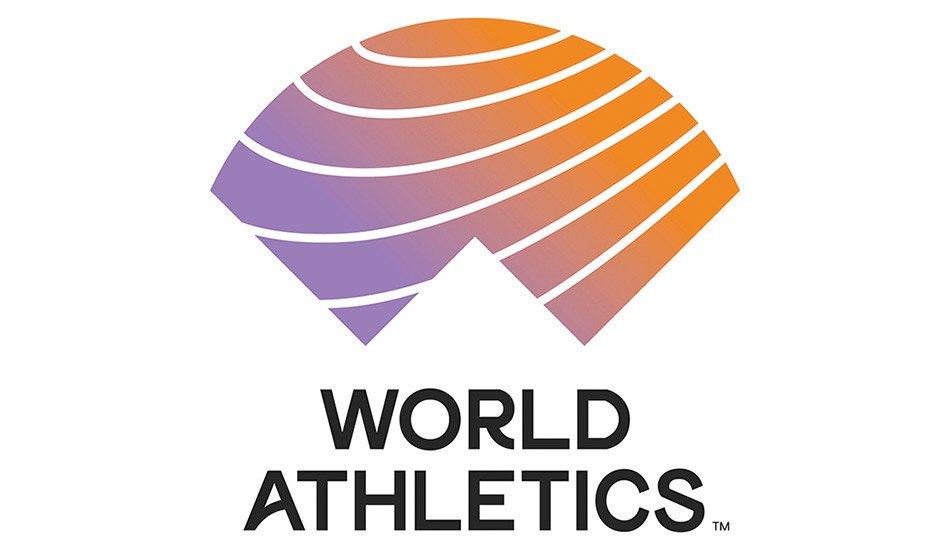
This organization was founded in July 1912 under the “International Amateur Athletics Federation.” From 1982 onwards, its internal regulations underwent a series of changes, which allowed athletes to receive economic compensation when participating in these athletic events. In 2001, it became the “International Association of Athletics Federations,” a name it kept until 2019 when it was renamed World Athletics.
Among some of the functions of World Athletics is the standardization of methods that allow timing in the necessary events. It is also responsible for maintaining and recognizing world records in athletics and holding various competitions, such as the World Athletics Championships.
Its current president, Sebastian Coe, was elected on August 19, 2015. Among the most important events of this organization are:
- World Athletics Championships.
- World Indoor Track and Field Championships.
- World Championship of Athletics U-20.
- World Championship of Athletics U-18.
- World Athletics Continental Cup.
- World Half Marathon Championships.
- Relay World Championships.
- Diamond League.
- World Athletics Continental Tour.
Sources: MurciaMaraton.es, We Love Races, World Athletics, Red Bull, running.COACH

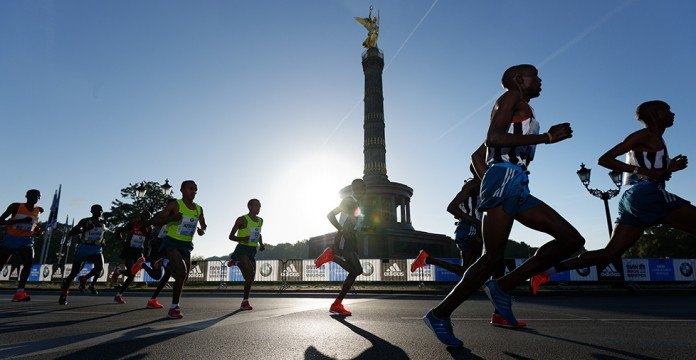



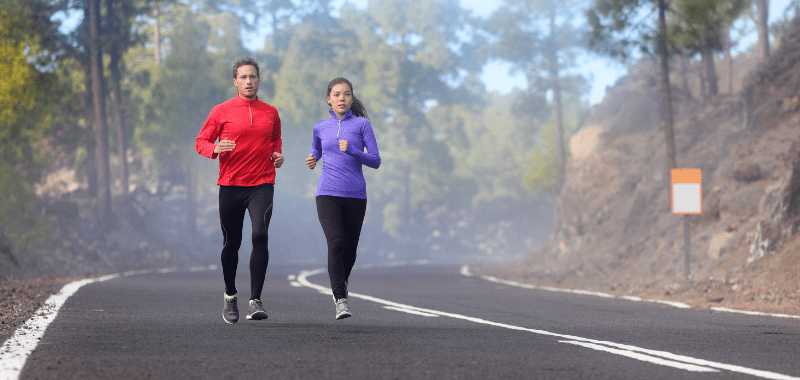


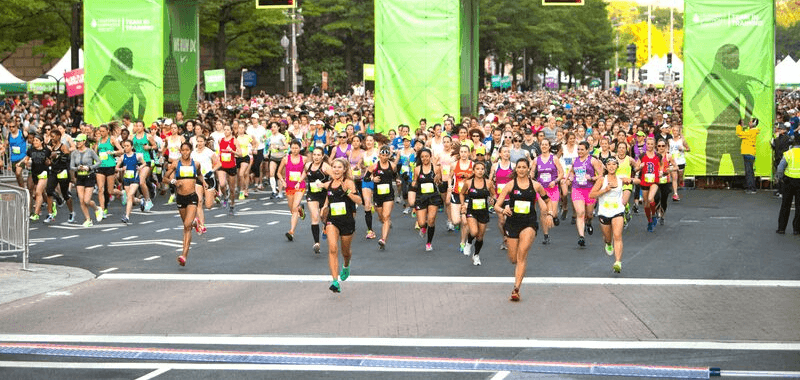


0 Comments